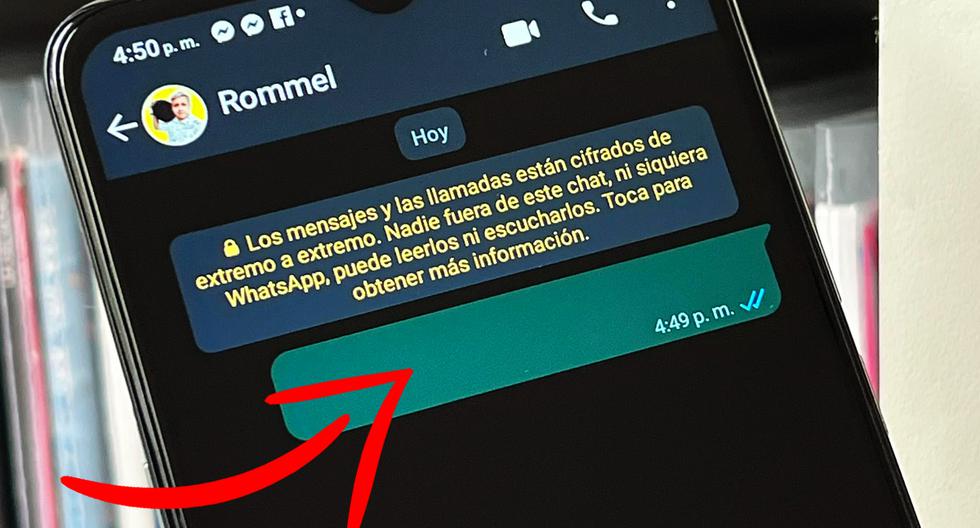In four months, scientists Pot Inside Houston They wondered about a vexing puzzle. A sleek metal container carried a sample that could shed light on the early days of the solar system, and perhaps even the future. Origin of life on earth.
But not open.
A disc-shaped container about the size of a small tire rim is the culmination of an ambitious mission to collect samples from a distant asteroid. BennuAnd return them land. A spacecraft from the end of September 2023 Pot returned the container land After seven years of travel Space.
“I think people who have seen the story media, you think: 'This is a screw up, how hard can it be?' announced The Washington Post Salvador MartinezAn engineer who worked on sample return.
Cap screws aren't the company's biggest concern. Pot When the project started. There were countless ways to work OSIRIS-REx — the regolith appearance, spectral description, resource identification and naming of security explorer spacecraft that traveled up to the asteroid — could have gone awry before scientists got the sample and its inflexible container.
The spacecraft had a tough mission: It launched in 2016 for a seven-year mission BennuAround the asteroid, collect the sample from its surface and return home.
Even going back like Bennu was risky. On a trip in September, OSIRIS-REx Ejected the return capsule with the sample container, which survived re-entry and successfully landed in the desert with a false parachute deployment. Utah.
so, Nicole LunningTeam Lead Model Observer OSIRIS-RExHe believed that once the capsule was transported, the most difficult part of the mission would be behind him. Johnson Space Center of Houston. One important consideration remained: ensuring that the asteroid samples inside the container were not contaminated by any terrestrial material.
In Houston, the container is stored in a sealed box about the size of a double bed. Scientists could only manipulate it by inserting their gloved hand through ports built into the box, which limited its range of motion. “It's like taking apart a computer with kitchen gloves.”Explain MartinezChief Engineer of the Works.
This should not have been a problem for the team. Lunning, who extracted the capsule inside the box. In October, they faced the real task. One by one, the scientists removed the screws holding the capsule together. At the end of the process, they found two screws less than a centimeter in size, which did not move, but began to distort the scientists' instruments.
A group of Lunning He still managed to pick up 70 grams of dust and rock by reaching into parts of the container with tongs and scoops. 60 grams is enough to exceed the task target. But most scenes are stuck inside.
It was called Martinez To assist in extraction. His team examined the limitations imposed by sealing closures and isolating the container in a sealed box. Space was too small for large instruments; Lubricant for the screws may have contaminated the specimens.
In January 2024, engineers developed a long metal clamp that clamped over the edge of the container, allowing a worker to lower a screwdriver-like head onto the screw. On January 10, they carefully turned the knobs until the screws finally gave way. When the lid was removed, several scientists posed holding the metal clamp. “Let's go home!”.
“It's hard to put into words how much he means to our team,” he said. Martinez.
The Pot The total weight of the recovered sample is yet to be announced Bennusaid Lunning. Each gram will help research the composition of the first asteroids in the solar system and the building blocks of life, he said.
Martinez He said the team will try to find research that could help the company's engineers understand why the two fasteners stuck. Pot Learn more about how its components work on long space flights. By now you'll be wondering how a precious asteroid sample was saved by the invention of an elaborate screwdriver. “We'll be ready when other missions happen,” he says. Martinez. “Until then, we'll have plenty to celebrate.”
(c) 2024, The Washington Post

:quality(85)/cloudfront-us-east-1.images.arcpublishing.com/infobae/QWRVMTSM37BG7IB7QACOPDX5OA.jpg)



